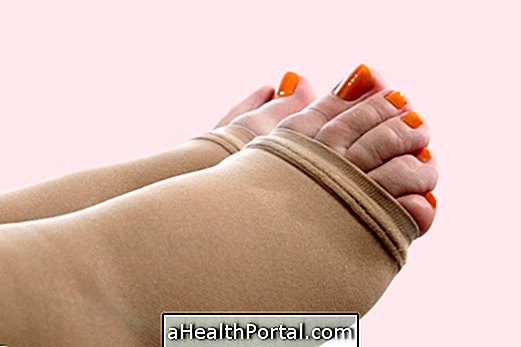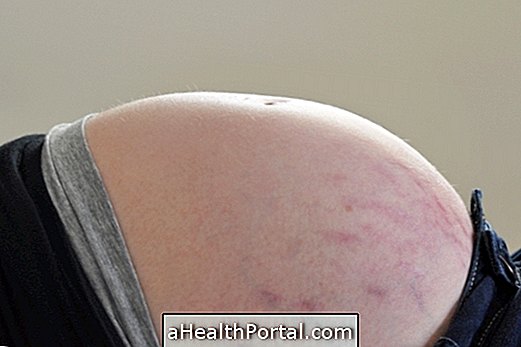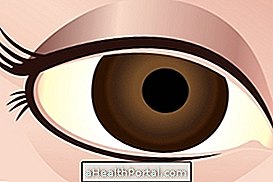There are some treatments for diminishing the ability to listen, such as doing the ear washing, performing surgery or putting on a hearing aid to recover part or all of the lost hearing, for example.
However, in some cases, it is not possible to treat hearing loss and, in the case of deafness, the individual has to adapt to live without hearing, communicating through sign language.
In addition, the treatment of hearing loss depends on its cause which can be very variable, such as presence of wax or water in the ear canal, otitis or otosclerosis, for example. Know what leads to hearing loss in: Learn what the main causes of hearing loss are.


Thus, in order to treat hearing loss, it is necessary to go to the otorhinolaryngologist so that they can assess the degree of hearing loss by observing the ear with an otoscope or doing tests such as audiometry or impedancemetry and thus adjust the treatment to the cause. Know what the audiometry exam is.
Treatments for hearing loss
Some of the treatments for hearing loss include:
1. Washing the ear
In the case of having wax accumulated inside the ear it is important to go to the otorrino to do the ear washing with specific instruments, such as tweezers, that help remove the wax without pushing it inside and without causing injuries inside the ear.
However, wax buildup in the ear can be avoided and to do so should be done daily during the bath, clean the outside of the ear with warm water or sterile saline and clean the outside with the towel, avoiding the use of swabs or other fine objects as these help to push the wax into the ear or lead to perforation of the eardrum. Learn more at: How to get ear wax.
2. Aspirate the ear
When there is water in the ear or there is some small object inside the ear that causes, in addition to hearing loss, the sensation of ear covering, it should go in the otorrino so that it can suck water with a small needle or remove the object with forceps.
Usually, it is a more common situation in small children, swimmers or divers. Read more in: How to draw water from the ear.
3. Taking medicines
In the case of an ear infection, scientifically known as otitis, which can be caused by the presence of viruses or bacteria, there is a sensation of hearing loss, pain with throbbing sensation and fever and, to treat it, it is necessary to take an antibiotic, such as cephalexin and an analgesic such as cetaminophen indicated by the physician.
The medications prescribed by the otorhinolist or general practitioner, can be in tablets or in some cases, application of drops or ointment to put on the ear.
4. Perform surgery on the ear
Usually, when the hearing loss reaches the external ear or the middle ear, the treatment includes performing a surgery, such as tympanoplasty or mastoidectomy, for example, that is done with general anesthesia, requiring hospitalization for 2 to 4 days .
Most ear surgeries are done through the ear canal using a microscope or by making a small cut in the back of the ear and aim to improve the ability to hear.
Some of the most common surgeries include:
- Tympanoplasty : is made to restore the tympanic membrane when it is perforated;
- Mastoidectomy : it is done when there is infection of the temporal bone where the structures of the ear are contained;
- Stapedectomy : is the replacement of the stirrup, which is a tiny ear bone, by a plastic or metal prosthesis.
Any surgery can bring complications, such as infection, tinnitus or dizziness, altered taste, metallic taste or even hearing loss, but the consequences are rare.
5. Put on a hearing aid
The hearing aid, also known as acoustic prosthesis, is used in patients who progressively lose hearing, as in the case of the elderly, and is usually used when hearing loss reaches the middle ear.
The use of a hearing aid is a small device that is placed in the ear and increases the volume of the sounds, making it easier to hear. See more details at: Hearing Aid.






















.jpg)